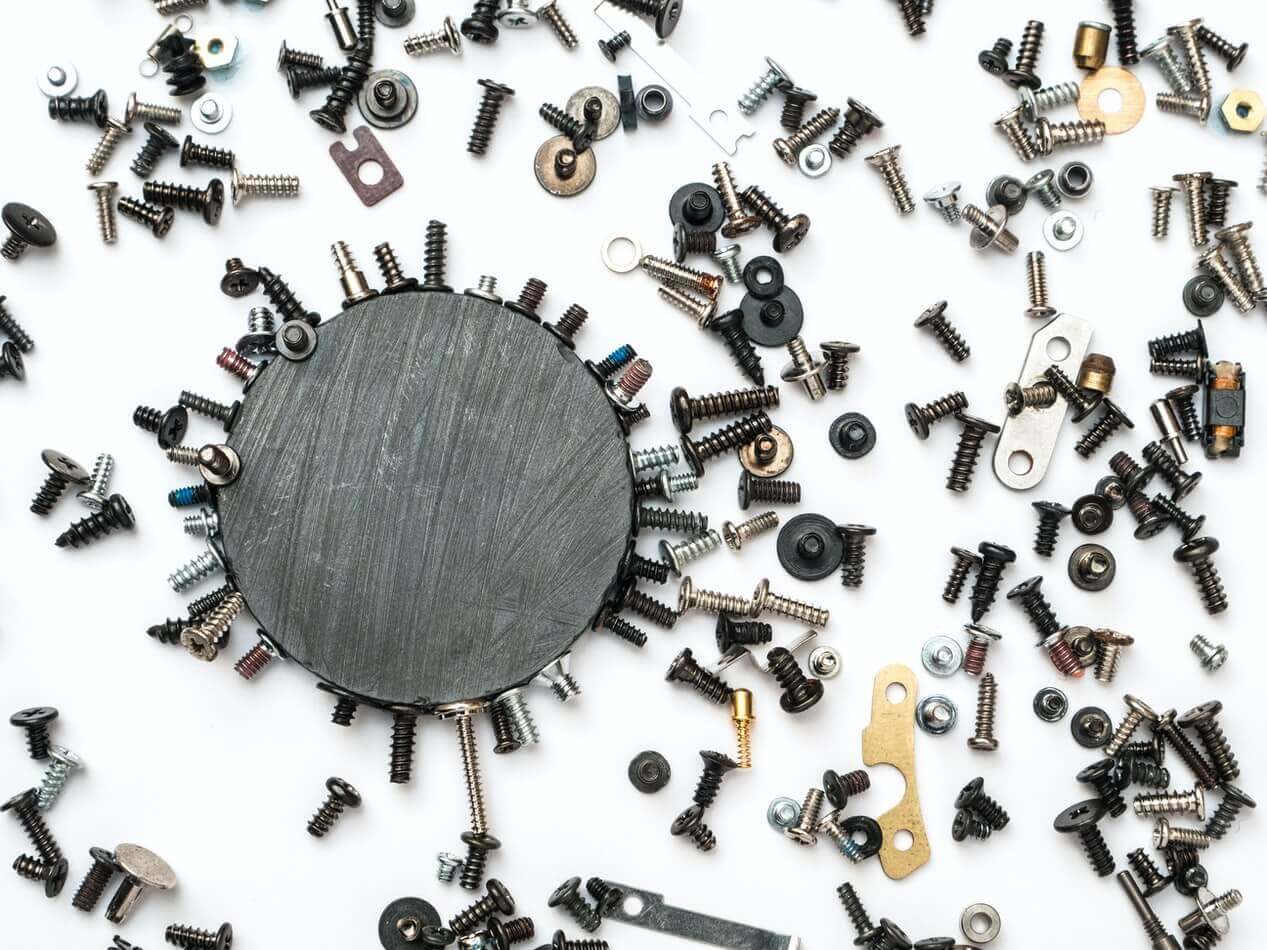No desired subpage
No such page

Unfortunately, the page you are looking for could not be found.
The URL might be incorrect or the page may have been moved.
For further assistance, you can:
- go to the homepage and navigate to the desired magnetic category,
- use the search function to find the resource you are interested in
- visit the price list page, where you will find our entire offer, which you can also print out
- contact us through the contact form on the contact page or call us at +48 22 499 98 98.
Thank you for choosing our company.
Not sure which magnet to buy?
Pick up the phone and ask +48 888 99 98 98 alternatively drop us a message through contact form our website.
Lifting power as well as structure of a magnet can be tested with our magnetic mass calculator..
Same-day processing for orders placed before 14:00.

